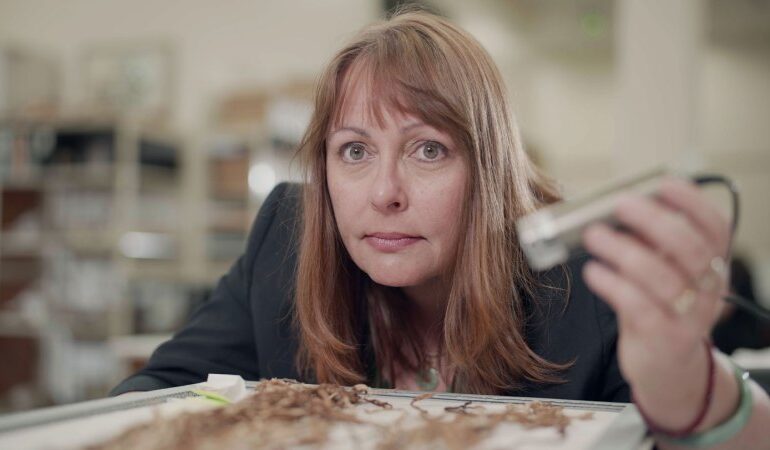Ancient Hair Discovery Challenges Inca Societal Structure

A recent analysis of a 104-centimeter-long hair found in a knotted device in the Andean region may change our understanding of record-keeping practices in Inca society. The study, conducted by a team of archaeologists, suggests that commoners, rather than only the elite, played a significant role in maintaining records during this ancient civilization.
The hair, which has been dated to the period of the Inca Empire, provides insights into the dietary habits of its owner. Researchers found that the individual’s diet was primarily composed of simple, staple foods, indicating that they were likely a commoner rather than a member of the elite class. This finding raises important questions about the social structure of the Inca Empire, which has traditionally been viewed through the lens of a rigid hierarchy dominated by the ruling class.
Implications for Inca Record-Keeping
The knotted device in which the hair was discovered is believed to have been used for record-keeping purposes, a practice that has long been associated with the elite of Inca society. This new evidence suggests that record-keeping may have been much more widespread, encompassing various social classes. Such a shift in understanding implies a more complex societal structure where commoners also contributed to administrative functions.
According to the lead archaeologist, Dr. Elena Torres, this discovery emphasizes the need for a reevaluation of existing narratives surrounding the Inca Empire. “Our findings indicate that record-keeping was not solely the domain of the elite,” Dr. Torres stated. “This challenges the notion that only the upper classes had access to administrative roles and responsibilities.”
Broader Context of Inca Society
The Inca Empire, which flourished in South America from the early 15th century until the Spanish conquest in the 16th century, is known for its advanced agricultural practices, intricate road systems, and sophisticated administration. Previous studies have primarily focused on the elite, often neglecting the roles of the common populace.
This new perspective on record-keeping not only highlights the importance of commoners in the Inca administrative system but also suggests that their contributions may have been crucial to the empire’s functioning. The analysis of the hair and its associated device sheds light on the dietary habits of various social classes, revealing a more nuanced picture of life in the Inca Empire.
The research is significant not only for historians and archaeologists but also for our understanding of social dynamics in ancient civilizations. It underscores the necessity of considering diverse perspectives when studying the complexities of past societies.
As further archaeological discoveries continue to emerge, they promise to enrich our understanding of the Inca Empire and its inhabitants, challenging established views and offering new insights into the rich tapestry of human history.






